Located just a few kilometers southwest of Ashgabat, the capital city of Turkmenistan, Ancient Nisa stands as a testament to the region’s rich historical heritage. As a UNESCO World Heritage Site, it showcases the remnants of the Parthian city of Nisa, which flourished as a political and cultural center from the 3rd century BCE to the 3rd century CE. Let’s embark on a journey through time and explore the wonders of Ancient Nisa.
History and Significance: Ancient Nisa holds immense historical significance, as it was the capital of the Parthian Empire, a major power in the ancient Near East. The Parthians, a confederation of Iranian tribes, ruled over vast territories, and Nisa served as their political and administrative center. The city thrived as a bustling hub of trade and commerce along the Silk Road, connecting the East and West.
Architecture and Layout: The architectural layout of Ancient Nisa reveals the grandeur and complexity of the Parthian civilization. The city was divided into two main sections: the Citadel and the Lower City. The Citadel, situated on a hill, housed the royal palace and administrative buildings, while the Lower City was primarily residential.
The Citadel boasted fortified walls, watchtowers, and imposing gates, providing protection and symbolizing the power of the Parthian rulers. The remains of the palace complex showcase intricate designs and decorative elements, exemplifying the artistic prowess of the time.
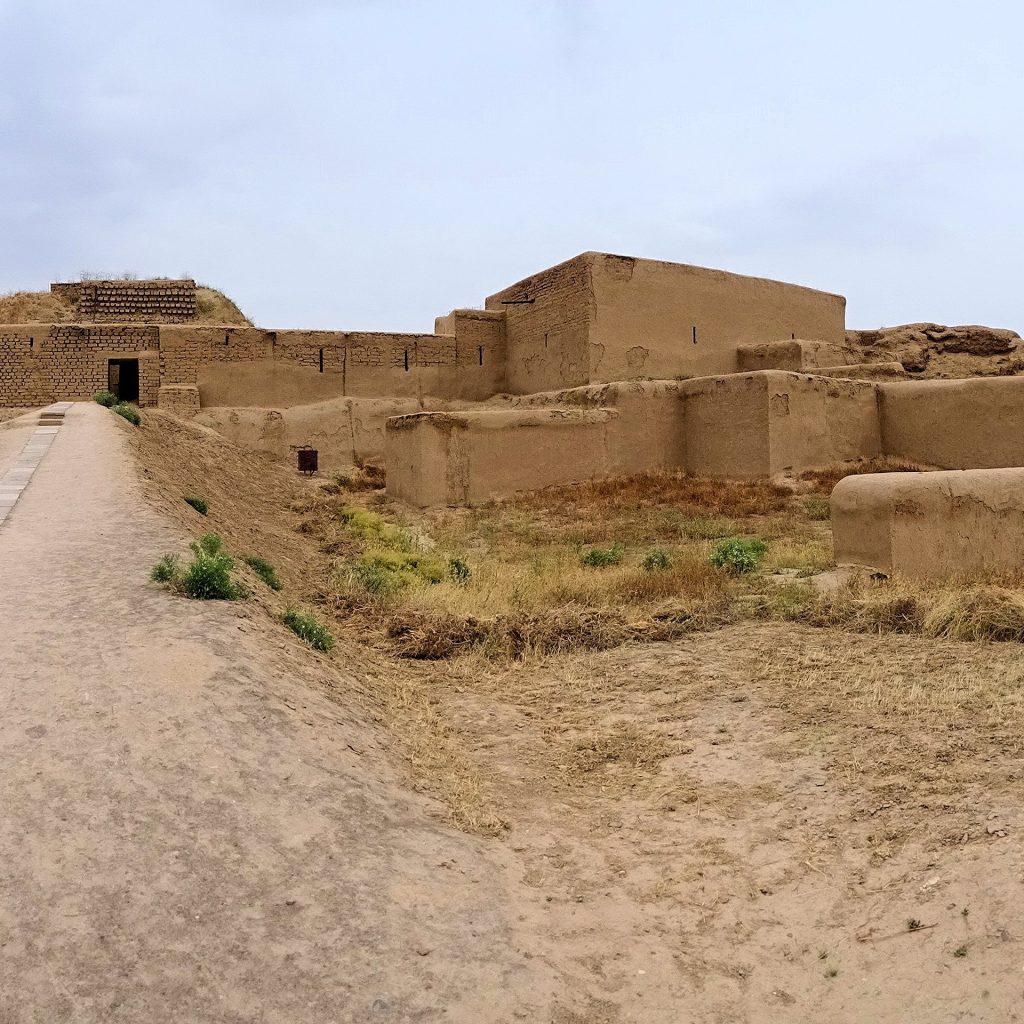
Archaeological Discoveries: Archaeological excavations have uncovered fascinating artifacts and structures at Ancient Nisa, shedding light on the lives of its inhabitants. The site reveals the ruins of royal residences, temples, workshops, and residential quarters. Intricate frescoes, pottery, and sculptures have been unearthed, offering insights into the artistic and cultural achievements of the Parthians.
Notable Structures:
- The Royal Palace: The centerpiece of Ancient Nisa, the Royal Palace was the residence of Parthian kings and a symbol of their power and opulence. Although mostly in ruins, its remnants provide a glimpse into the grandeur of the past.
- Temple Complex: The city was adorned with several temples dedicated to various deities, showcasing the religious practices and beliefs of the Parthians. The remains of these temples speak to the spiritual significance of Ancient Nisa.
- Noble Houses: The Lower City features the remains of well-preserved noble houses, providing insights into the daily lives of the affluent residents of Nisa.
Preservation and Visitor Experience: Efforts have been made to preserve and protect Ancient Nisa, ensuring that visitors can appreciate its historical value. The site offers guided tours and information boards that provide detailed explanations of the various structures and their historical significance. The serene surroundings and scenic views further enhance the visitor experience, allowing for a deeper connection with the past.
Best Time to Visit: The best time to visit Ancient Nisa is during the spring (April to May) and autumn (September to October) when the weather is pleasant and temperatures are moderate. Avoid visiting during the scorching summer months (June to August) when temperatures can soar.
As you explore the ancient ruins of Nisa, let your imagination transport you back in time to the glory days of the Parthian Empire. Marvel at the architectural marvels, ponder the historical significance, and embrace the cultural heritage that permeates the air. Ancient Nisa offers an unforgettable journey through Turkmenistan’s rich past, leaving visitors in awe of the enduring legacy of the Parthians.
Darvaza Gas Crater (Door to Hell)
Deep in the heart of the Karakum Desert in Turkmenistan lies a captivating natural phenomenon known as the Darvaza Gas Crater, more commonly referred to as the “Door to Hell.” This extraordinary site draws visitors from around the world with its fiery spectacle and otherworldly ambiance. Let’s delve into the mesmerizing story behind the Darvaza Gas Crater.
Origin and Discovery: The origin of the Darvaza Gas Crater is tied to Soviet-era gas exploration in the 1970s. During an excavation, a natural gas cavern collapsed, creating a large sinkhole. To prevent the release of dangerous methane gas, scientists decided to ignite it, expecting the fire to burn out within a few weeks. Little did they know that this fire would continue to burn for decades, creating an astonishing and awe-inspiring sight.
The Fiery Phenomenon: The Darvaza Gas Crater measures approximately 70 meters in diameter and emits a fiery glow that can be seen from miles away, especially during the night. The crater is a perpetually burning inferno, with flames dancing on its surface and a fiery pit that seems to extend deep into the Earth. The intense heat and the continuous release of natural gas make the surroundings warm and inhospitable.
Mesmerizing Sight: Visiting the Darvaza Gas Crater is a unique and surreal experience. As you approach the crater, you’ll witness the glowing flames against the backdrop of the dark desert night. The warm, orange glow illuminates the surrounding area, creating an otherworldly atmosphere that is both eerie and captivating. The spectacle becomes even more dramatic as darkness falls, making it a popular destination for stargazers and photographers.
Nighttime Activities: Camping near the Darvaza Gas Crater allows you to fully immerse yourself in its enchanting ambiance. Witnessing the flames dance under the starry sky creates a magical and unforgettable experience. Camping also provides the opportunity to enjoy traditional Turkmen food prepared by local guides and hear fascinating stories about the crater’s history and folklore.
Safety and Precautions: It’s important to exercise caution when visiting the Darvaza Gas Crater due to the high temperatures and the presence of an open flame. While the crater’s outer rim is relatively stable, it’s advisable to keep a safe distance and avoid venturing too close. The fumes emanating from the crater can be strong, so it’s recommended to have a mask or scarf to cover your nose and mouth.
Best Time to Visit: The Darvaza Gas Crater is accessible throughout the year. However, the cooler months of spring (April to May) and autumn (September to October) offer more comfortable temperatures for exploration. Winter visits are also possible, but the extreme cold can make camping challenging. Summer months (June to August) can be scorching, with temperatures reaching unbearable levels.
As you stand before the Darvaza Gas Crater, its ethereal flames illuminating the desert night, you can’t help but be captivated by its unearthly beauty. This natural wonder, the Door to Hell, leaves a lasting impression and stands as a testament to the mysterious and awe-inspiring forces of our planet.
Kunya-Urgench
Situated in the vast plains of Turkmenistan lies the remarkable UNESCO World Heritage Site of Kunya-Urgench, an ancient city that once thrived as a bustling center along the historic Silk Road. With its rich historical significance and well-preserved ruins, Kunya-Urgench invites travelers to step back in time and explore the remnants of a glorious past. Let’s delve into the wonders of Kunya-Urgench.
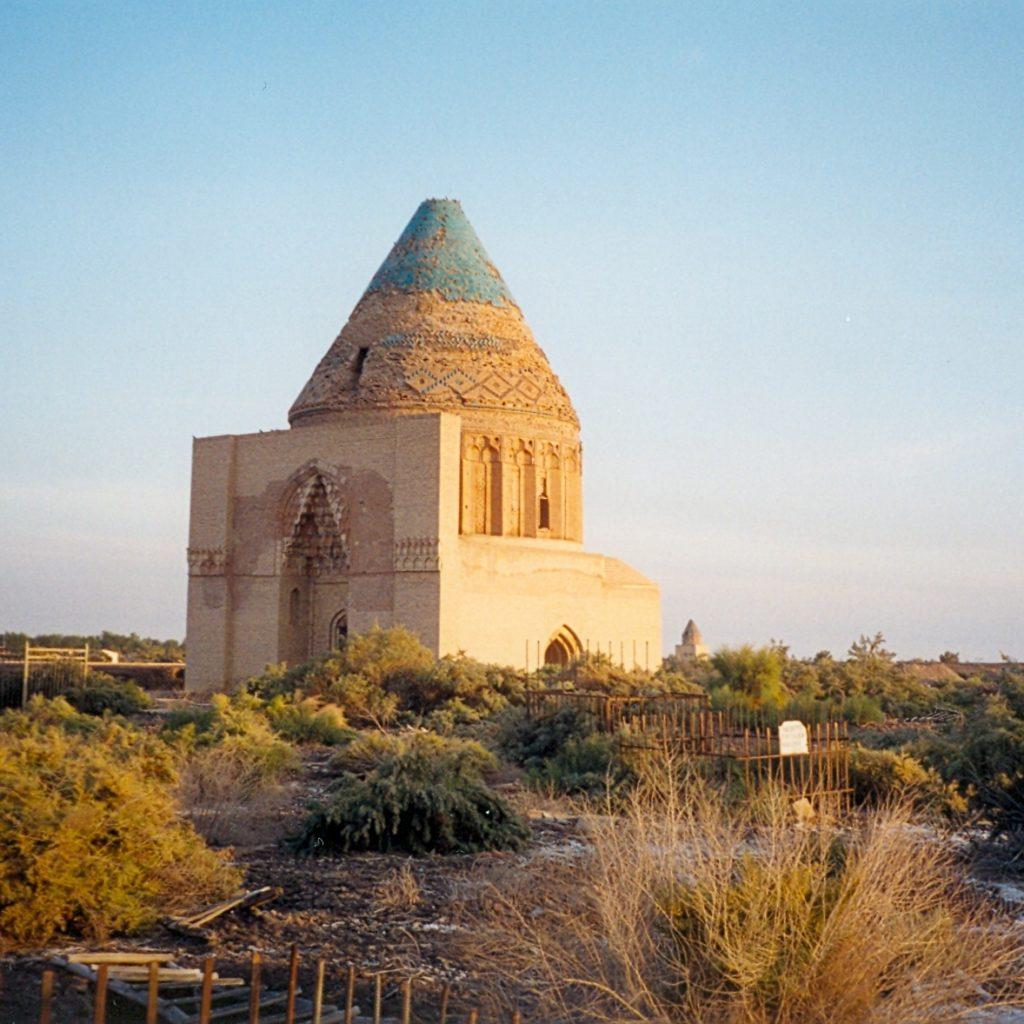
Historical Significance: Kunya-Urgench, also known as Gurganj, served as the capital of the Khwarazmian Empire, which reached its zenith during the 12th and 13th centuries. The city played a vital role in the cultural, economic, and political exchanges along the Silk Road, connecting East and West and fostering a vibrant cosmopolitan atmosphere.
Architectural Marvels: The ruins of Kunya-Urgench stand as a testament to the city’s former grandeur. The site showcases a rich array of architectural marvels, including mausoleums, mosques, minarets, and fortifications. These structures display a blend of architectural styles, influenced by various dynasties that ruled the region over the centuries.
- Kutlug Timur Minaret: Standing at a height of approximately 62 meters, the Kutlug Timur Minaret is the tallest minaret in Central Asia. Its elegant design and intricate brickwork captivate visitors, offering panoramic views of the surrounding landscape from the top.
- Turabek Khanum Mausoleum: Dedicated to Turabek Khanum, a powerful 14th-century queen, this mausoleum is a masterpiece of Seljuk architecture. Its ornate decoration and geometric patterns reflect the artistic excellence of the era.
- Sultan Tekesh Mausoleum: Constructed in the 12th century, the Sultan Tekesh Mausoleum is an impressive structure adorned with intricate brickwork and ceramic tiles. It honors Sultan Tekesh, a prominent ruler of the Khwarazmian Empire.
- Najmuddin Kubra Mausoleum: This mausoleum pays tribute to Najmuddin Kubra, a renowned Sufi philosopher and poet. Its unique architecture features a combination of turquoise tiles and geometric patterns, creating a visually striking monument.
- Dash Mosque: Also known as the Il-Arslan Mosque, this 11th-century mosque showcases the architectural style of the Seljuk period. Its simple yet elegant design reflects the religious and cultural significance of the time.
Visitor Experience: Exploring Kunya-Urgench is like stepping into a living museum of ancient civilization. Strolling through the ruins, visitors can appreciate the intricate craftsmanship of the buildings, marvel at the historical remnants, and imagine the vibrant life that once thrived within the city walls. The peaceful surroundings and vast open landscapes contribute to a sense of tranquility and contemplation.
Best Time to Visit: The best time to visit Kunya-Urgench is during the spring (April to May) and autumn (September to October) when the weather is mild and temperatures are comfortable for exploration. Summers can be hot, while winters can be cold, so it’s advisable to plan your visit accordingly.
As you wander through the ancient remnants of Kunya-Urgench, you’ll be transported back in time to an era of bustling trade, cultural exchanges, and architectural brilliance. The UNESCO World Heritage Site stands as a testament to the historical significance of the Silk Road and serves as a remarkable testament to the enduring legacy of this ancient civilization.
Book Your Flights: Here 30% OFF on Booking
Book Your Hotels: Here 20% OFF on Booking

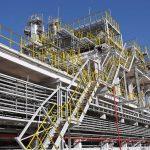
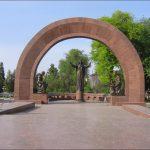

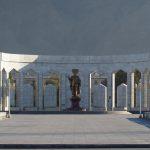
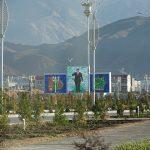
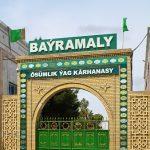
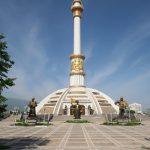
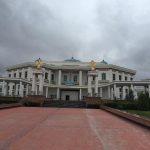
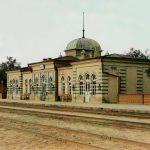
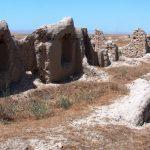
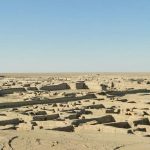

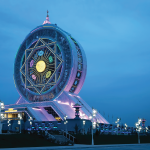
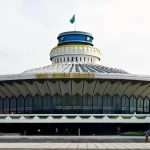
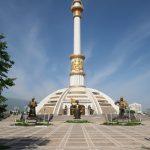
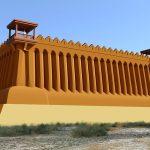


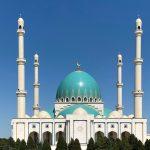
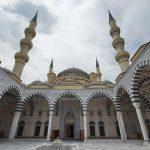
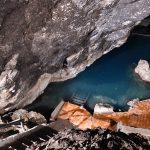
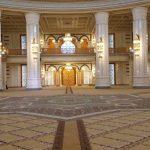
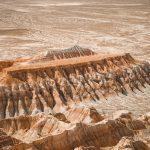
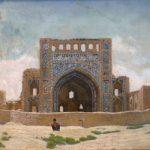
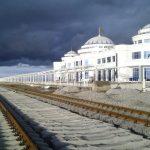
0 Comment